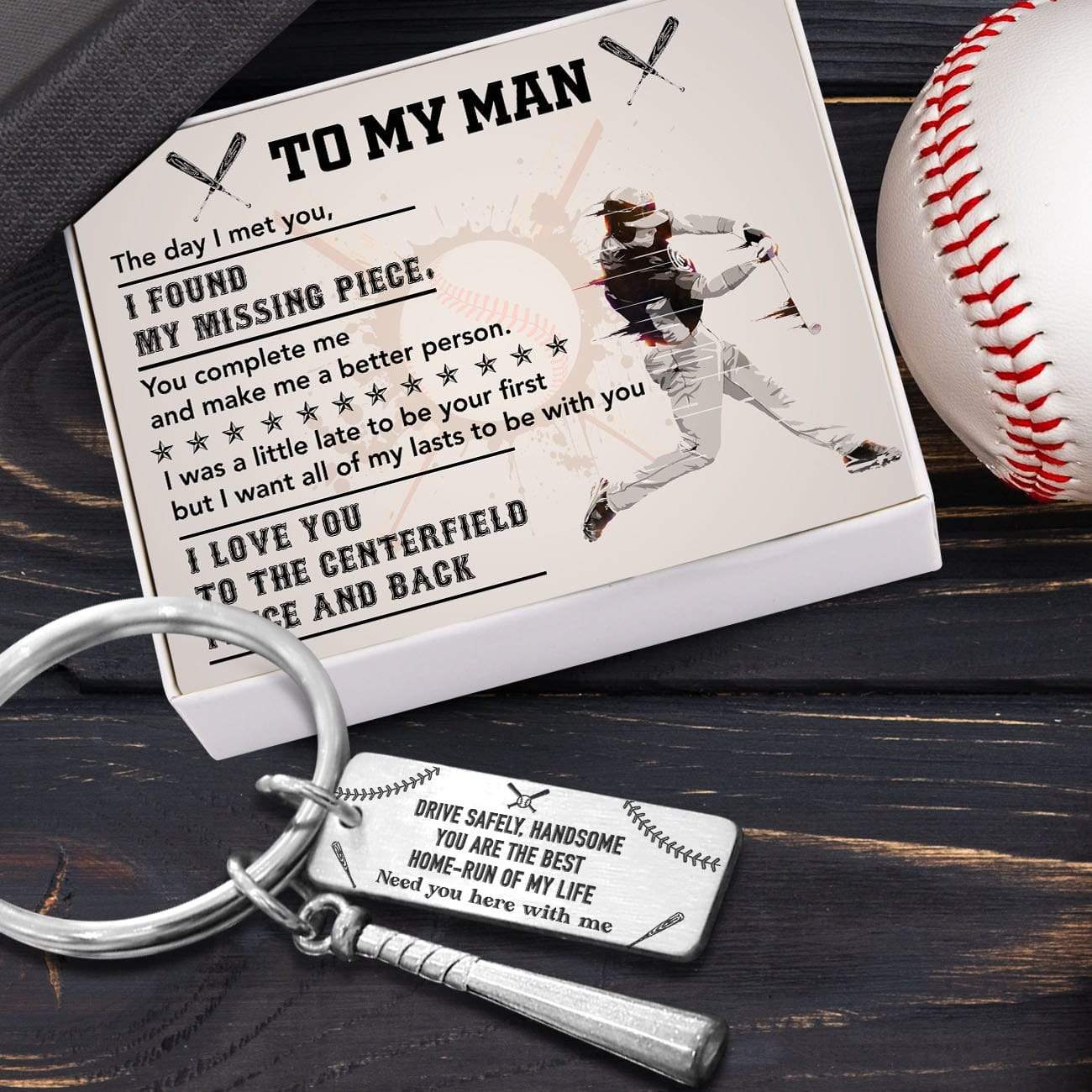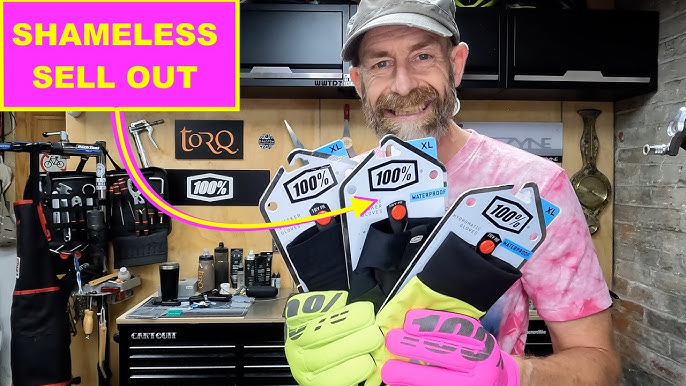Choosing the right baseball glove can be a game-changer. The perfect glove enhances your performance and comfort on the field.
Finding the best baseball glove for you involves considering several factors. Your position, hand size, and playing style all come into play. With so many options available, it can be overwhelming. But don’t worry, we’re here to help. In this guide, we’ll break down the key elements to look for in a baseball glove.
By the end, you’ll have a clear understanding of what to choose based on your needs. Let’s get started on finding the perfect glove that fits you like a second skin.

Credit: wrapsify.com
Choosing The Right Baseball Glove
Selecting the ideal baseball glove can make a huge difference in your game. Each player has specific needs based on their position and playing style. Understanding the different types of gloves and their unique features can help you find the perfect fit. Let’s explore the various glove types and how they align with player positions.
Glove Types
There are several types of baseball gloves, each designed for different aspects of the game. Here’s a quick overview:
- Infield Gloves: Smaller and lighter, allowing quick transfers and throws.
- Outfield Gloves: Longer with deeper pockets to catch fly balls.
- First Baseman’s Gloves: Unique shape to scoop throws from infielders.
- Catcher’s Mitts: Extra padding to handle high-speed pitches.
- Pitcher’s Gloves: Closed webbing to hide grip on the ball.
Player Position
Your position on the field greatly influences the type of glove you need. Here’s how:
- Infielders:
- Prefer gloves with shallow pockets.
- Help in quick ball transfers.
- Outfielders:
- Need gloves with deep pockets.
- Assist in catching high fly balls.
- First Basemen:
- Use gloves with a unique curved design.
- Assist in scooping balls from the dirt.
- Catchers:
- Require mitts with extra padding.
- Protect hands from fast pitches.
- Pitchers:
- Use gloves with closed webbing.
- Help conceal their grip.
Understanding Glove Materials
Understanding the materials used in baseball gloves is essential for choosing the right one. Each material offers different benefits and drawbacks. Knowing these can help you make an informed decision. Let’s dive into the options available and what they mean for your game.
Leather Options
Leather gloves are popular for their durability and comfort. They mold to your hand over time, providing a custom fit. Full-grain leather is the top choice for serious players. It offers excellent durability and performance. Steerhide leather is another option, known for its toughness and longevity. Kip leather is softer and lighter, making it a preferred choice for many.
Synthetic Alternatives
Synthetic gloves are a budget-friendly option. They are lighter and often easier to break in. These gloves are great for beginners or casual players. They may not last as long as leather but offer decent performance. Some synthetic materials also resist weather conditions better than leather.
Sizing Your Glove
Finding the right baseball glove size is crucial for your performance. The perfect fit can improve your game and make playing more enjoyable. Let’s explore how to size your glove correctly.
Youth Vs Adult Sizes
Youth gloves are designed for smaller hands. They usually range from 9 to 12 inches. These gloves are lighter and easier for young players to handle. Adult gloves, on the other hand, range from 11 to 14 inches. They are more durable and can handle stronger throws. It’s important to choose a glove that fits your hand size and playing level.
Measuring Your Hand
Measuring your hand helps you find the right glove size. Start by placing a measuring tape at the tip of your index finger. Measure down to the base of your palm. This measurement, in inches, will help you find the glove size you need. For instance, a hand measuring 11 inches would need a glove around the same size. Always try on gloves to ensure a comfortable fit.
Features To Look For
Choosing the right baseball glove can be overwhelming. Understanding the key features to look for helps you make the best decision. Here, we break down the important features such as webbing styles and pocket depth.
Webbing Styles
Webbing styles are vital. They affect how you catch the ball and how you see it through the glove. Here are the common types:
- Closed Web: Ideal for pitchers. It hides the ball from the batter.
- H-Web: Great for outfielders. It provides flexibility and visibility.
- I-Web: Perfect for infielders. It offers a quick transfer from glove to hand.
- Trapeze Web: Favored by outfielders. It gives a deep pocket and extra reach.
- Modified Trap Web: Versatile and used by many positions. It combines a deep pocket with a sturdy build.
Pocket Depth
Pocket depth impacts how well you control and secure the ball. Consider these options:
| Position | Pocket Depth |
|---|---|
| Infield | Shallow Pocket |
| Outfield | Deep Pocket |
| Pitcher | Medium Pocket |
| First Base | Deep Pocket |
| Catcher | Very Deep Pocket |
Shallow pockets make it easier to get the ball out quickly. This is crucial for infielders. Deep pockets help outfielders secure high-flying balls. Pitchers use a medium pocket to balance control and quick release.
Understanding these features will guide you in choosing the right glove. Your position on the field and your personal preferences will dictate the best combination of webbing style and pocket depth.
Breaking In Your Glove
Breaking in your glove is an essential step in making it game-ready. A new baseball glove is often stiff and needs to be softened up for better control and comfort. Let’s dive into the best methods and the expected timeframe for breaking in your glove.
Methods
There are several effective methods to break in a baseball glove. Each method has its own set of steps and tools:
- Playing Catch: The most traditional method. Simply play catch regularly. This allows the glove to naturally mold to your hand.
- Glove Mallet: Use a glove mallet to pound the pocket and fingers. This helps soften the leather.
- Glove Conditioner: Apply a small amount of glove conditioner or oil. This keeps the leather supple. Be careful not to overdo it.
- Steaming: Some sporting goods stores offer a steaming service. Steaming softens the leather quickly.
- Wrapping the Glove: Place a ball in the pocket and wrap the glove tightly with string or rubber bands. Leave it overnight.
Timeframe
The timeframe for breaking in a glove can vary based on the method used and how often you use the glove. Here is a general guide:
| Method | Estimated Time |
|---|---|
| Playing Catch | Several weeks |
| Glove Mallet | 1-2 weeks |
| Glove Conditioner | A few days to a week |
| Steaming | Immediate (done in-store) |
| Wrapping the Glove | 1-2 nights |
Remember, the goal is to achieve a glove that feels comfortable and responsive. Patience and proper care are key in this process. Once broken in, your glove will be a trusted companion on the field.
Caring For Your Glove
Taking care of your baseball glove ensures it lasts longer and performs better. Proper care means cleaning and storing your glove correctly. Here’s how to do it.
Cleaning Tips
First, wipe off any dirt with a dry cloth. This removes loose particles. Next, use a mild soap and water to clean the glove. Avoid soaking it. Instead, use a damp cloth to apply the soapy water. Gently scrub the surface. After cleaning, dry the glove with a clean towel. Do not use a hair dryer or direct heat. Let it air dry naturally. Apply a small amount of glove conditioner. This keeps the leather supple and prevents cracking.
Storage Solutions
Store your glove in a cool, dry place. Avoid areas with high humidity or direct sunlight. These conditions can damage the leather. Keep the glove in its natural shape. Do not flatten it under heavy objects. Use a ball to maintain its pocket shape. Place the ball in the glove and wrap it with a rubber band. This helps keep the glove’s form intact. If possible, store it in a breathable bag. This protects it from dust while allowing air circulation.
Budget Considerations
Choosing the right baseball glove can be a challenging task. Budget considerations often play a key role in this decision. It’s important to weigh cost against quality and compare various brands to find the best glove for you.
Cost Vs Quality
Not all expensive gloves guarantee top quality. Sometimes, mid-range gloves offer great value. Always check the material. Leather gloves usually last longer than synthetic ones. Think about how often you play. For casual players, a cheaper glove might be enough.
Brand Comparisons
Different brands offer various features. Wilson gloves are known for their durability. Rawlings gloves often fit well and are comfortable. Mizuno provides good options for different budgets. Compare the features. Find the brand that meets your needs without stretching your budget.

Credit: www.youtube.com
Top Glove Recommendations
Choosing the right baseball glove can make a big difference. Different positions need different gloves. Here are some top glove recommendations for infielders and outfielders.
Best For Infielders
Infielders need gloves that are quick to use. These gloves should be smaller and more flexible. This helps with fast catches and quick throws. The Wilson A2000 is a great choice. It is known for its durability and comfort. Rawlings Heart of the Hide is another excellent option. It provides a good balance between flexibility and control.
Best For Outfielders
Outfielders need larger gloves to catch high fly balls. These gloves should have deeper pockets for better control. The Rawlings Pro Preferred is a top pick. It offers a deep pocket and a comfortable fit. Mizuno Pro Select is also highly recommended. It is durable and provides excellent grip.

Credit: www.amazon.com
Frequently Asked Questions
What Size Baseball Glove Should I Buy?
The size of the glove depends on your age and position. Infielders generally use smaller gloves, around 11 to 12 inches. Outfielders typically need larger gloves, around 12 to 13 inches.
What Material Is Best For Baseball Gloves?
Leather is the best material for baseball gloves. Full-grain leather offers durability and comfort. Synthetic materials are lighter and cheaper but less durable.
How Do I Break In A New Baseball Glove?
To break in a new glove, play catch frequently. Apply glove oil or conditioner to soften the leather. Use a glove mallet to shape the pocket.
Should I Buy A Glove For My Position?
Yes, buying a glove specific to your position is important. Infield gloves are smaller for quick transfers. Outfield gloves are larger for catching fly balls.
Conclusion
Choosing the right baseball glove is crucial. It enhances your performance. Consider your position and hand size. Test different gloves for comfort. Remember, a well-fitted glove boosts confidence. Take your time to make the best choice. Investing in the right glove pays off.
Enjoy your game with the perfect fit. Happy playing!

I’m Darrell Boyd, and I live and breathe baseball. As an ardent aficionado of the game, I have established myself as a respected figure in the baseball community through my dedicated blog and insightful contributions to the sport.
Through my blog, I strive to offer comprehensive baseball guides, tips, and tricks that cater to players of all skill levels. Additionally, I provide detailed reviews of crucial baseball products and elements, giving my readers an expert’s perspective on what truly matters in the world of baseball.
With a deep understanding of the sport’s technical intricacies and strategic nuances, I go beyond surface-level analysis, delving into the finer points that define successful gameplay. My meticulous attention to detail and unwavering commitment to excellence have made me a trusted resource for players, coaches, and fans looking to deepen their knowledge and appreciation of the game.
I am dedicated to fostering a thriving baseball culture and am passionate about sharing my wealth of insights with a growing community of fellow enthusiasts. My mission is to continue inspiring and educating others, leaving a lasting impact on the sport that resonates with millions across the globe.
